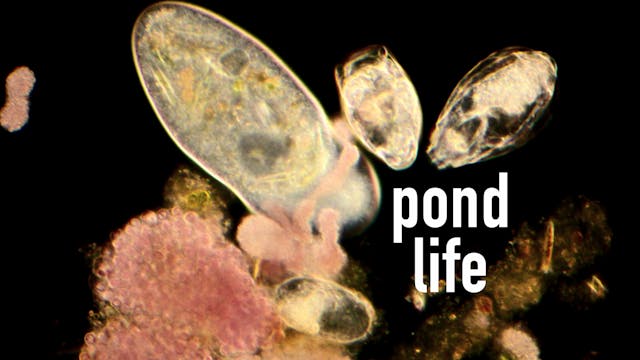Millipede Walk | narrated
Living Beings
•
10m
Millipedes have the most legs of any animal. The distinctive traveling wave in its walk is a kind of auto-pilot. Using innovative slow-motion macro video, we observe the traveling wave motion of the legs move from the back to the front of the animal's long body. The workings of the walk involve a specific network of neurons called central pattern generators (CPGs) that produce a sequence of automatic muscle movements. This rhythm repeating over time is called a metachronal rhythm. Most arthropods walk this way, but the millipede's plenitude of legs makes the pattern clearly visible. Produced by Wonder Science in collaboration with Radiant Images and IDT Vision. Music by Johnny Woods.
Up Next in Living Beings
-
Rotifer | Narrated
Meet a tiny 1000-celled animal living among single-cell organisms. Rotifers are weird and wonderful, like aliens on earth! Rotifers are among Earth's smallest animals, tied with Tardigrades. Despite their tiny size, these multicellular creatures display a surprising complexity that is both fascin...
-
Butterflies
Float along with colorful butterflies filmed in macro slow-motion. Featuring macro slow-motion video and thermal imaging, this program was made with the participation of the Natural History Museum of Los Angeles, as well as contributions of bio-mimetics footage and thermal imaging animations from...
-
Pond Life
Under the surface of a freshwater pond, microscopic organisms graze on shimmering reefs of photosynthesizing algae and bacteria. Explore a jewel-like aquatic realm, home to single-celled ciliates like Euplotes, Coleps, and Paramecia, as well as miniscule animals called Rotifers. Created in collab...



